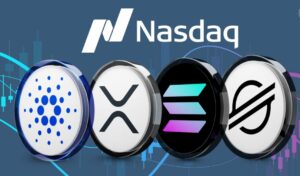
In the fast-paced world of cryptocurrency trading, understanding the terminology is essential to becoming a successful trader. Cryptocurrency exchanges like Bitget provide a wide range of trading features and tools that help traders from around the globe make informed decisions. To navigate this world effectively, traders need to have a solid grasp of the key trading terminology.
This article will explore essential trading terminology on Bitget, offering you a deeper understanding of the terms you’ll encounter while trading on the platform. Mastering these terms will allow you to improve your trading strategy and sharpen your skills, whether you’re just getting started or already have some experience.
Let’s dive into these terms and explore how they impact your trades on Bitget in 2025.
Spot Trading – the basic trading terminology on Bitget
Spot trading on Bitget is one of the most fundamental forms of trading available on cryptocurrency exchanges, and it’s widely used on platforms like Bitget. In spot trading, assets like Bitcoin (BTC), Ethereum (ETH), and other cryptocurrencies are bought or sold at the current market price. The term ‘spot’ refers to immediate settlement. In essence, when you make a spot trade, the transaction is settled ‘on the spot,’ meaning it happens right away. Understanding trading terminology on Bitget is crucial for grasping how spot trading works effectively.
For example, if the price of Bitcoin is $25,000 and you decide to buy 1 BTC, the order is executed instantly, and you own the Bitcoin right after the transaction. Spot trading is ideal for beginners who want to get a feel for cryptocurrency markets without delving into more complex forms of trading. Mastering trading terminology on Bitget can help beginners make better decisions when trading on the platform.
Spot trading on Bitget also involves trading pairs. These pairs can include Bitcoin to Tether (BTC/USDT) or Ethereum to Bitcoin (ETH/BTC). Each pair reflects the relative value of one asset against another. For instance, if you trade BTC/USDT, you’re trading Bitcoin against Tether, a stablecoin that’s often used for trading pairs due to its fixed value tied to the U.S. dollar.
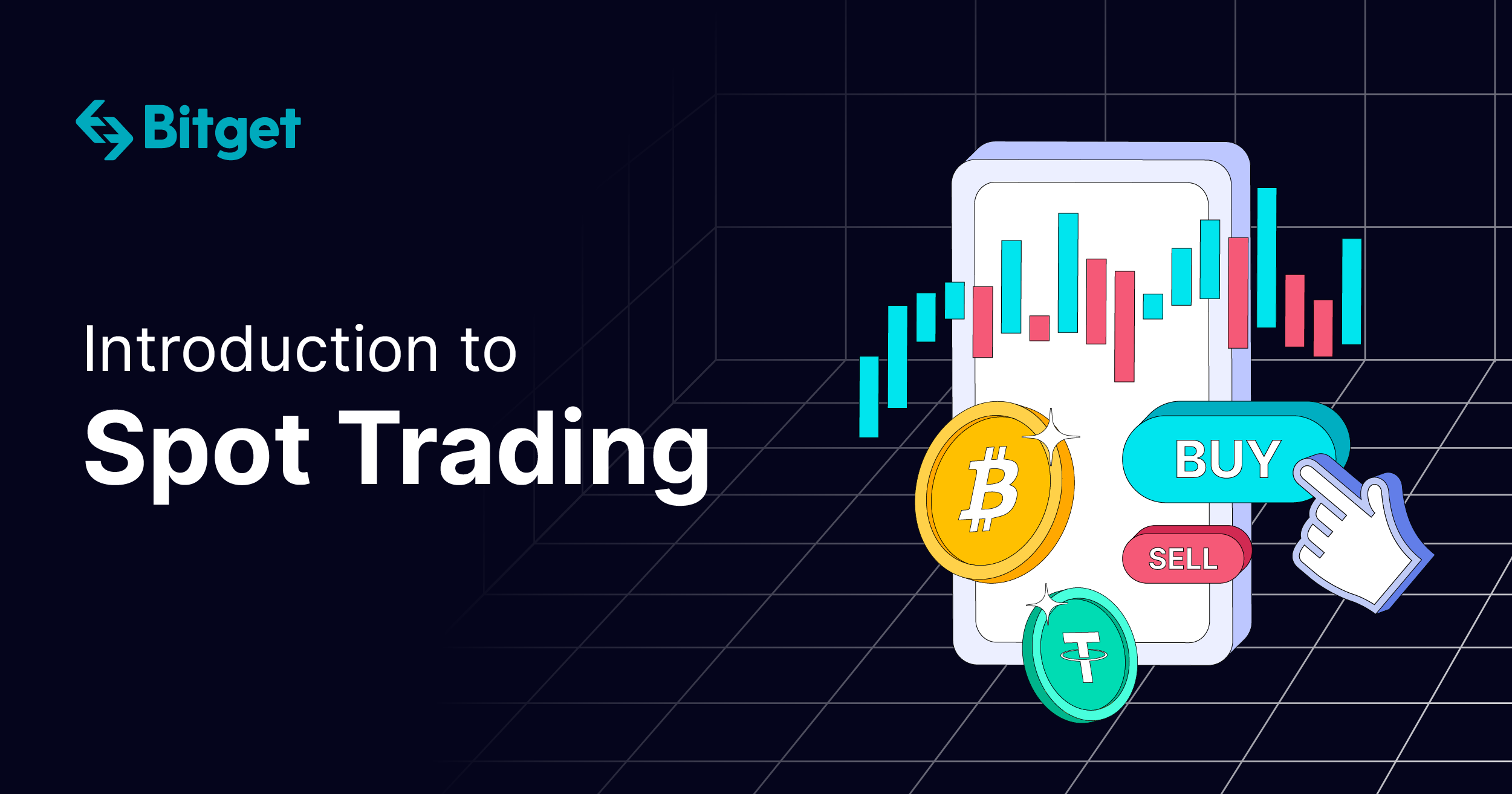
Leverage and Margin Trading
Leverage is a concept used in margin trading, which is an advanced trading strategy. Essentially, leverage allows traders to borrow funds to increase the size of their trades. Trading terminology on Bitget often highlights leverage as a tool to multiply both potential profits and risks. Bitget offers leverage trading, enabling users to multiply their potential profits (and risks). For instance, if you use 10x leverage, you can control a position worth 10 times more than your initial capital.
Let’s break it down with an example: Imagine you have $1,000 in your account and use 10x leverage. You could open a position worth $10,000. If the price of Bitcoin increases by 5%, you would make a $500 profit (10% of your $5,000 gain). However, if the price decreases by 5%, you could lose $500.
It’s important to note that leverage increases both potential gains and potential losses. It can be highly rewarding but comes with significant risk, especially in the volatile cryptocurrency market. Margin trading on Bitget involves borrowing funds from the platform and paying interest on those borrowed amounts, so traders need to be cautious and understand trading terminology on Bitget before utilizing leverage. Mastering trading terminology on Bitget will help you navigate the complexities of leverage and margin trading effectively.
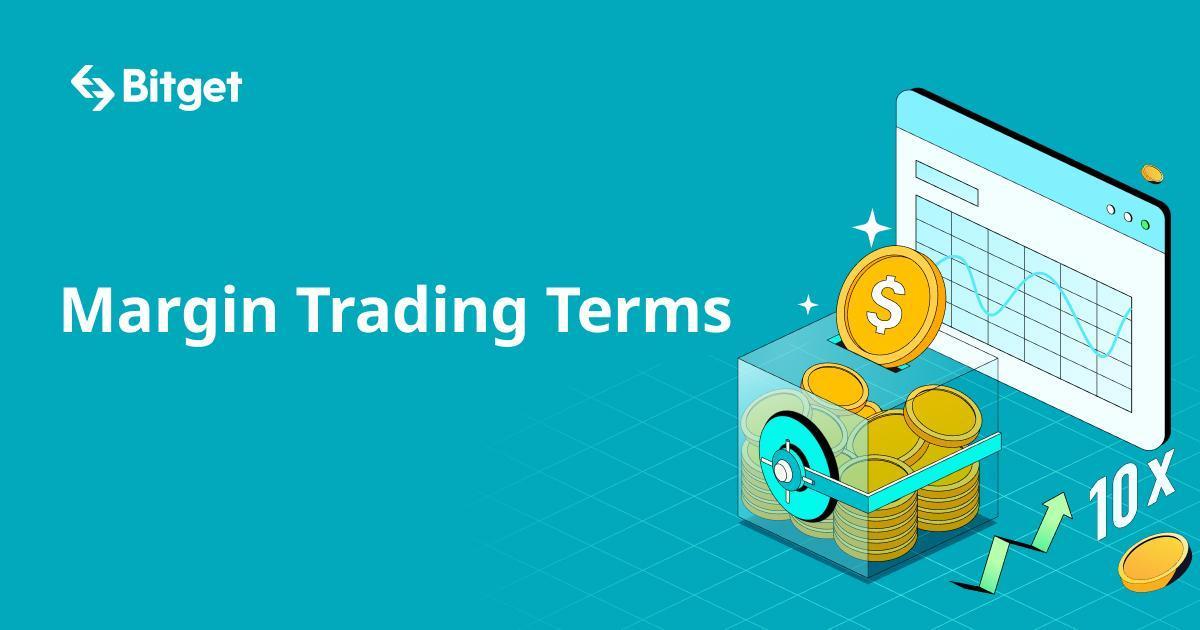
Order Types: Limit, Market, and Stop-Loss Orders
Understanding the different types of orders you can place is critical to mastering cryptocurrency trading. On Bitget, traders have access to various order types, including limit orders, market orders, and stop-loss orders. Each of these serves a specific purpose and can be used to execute different strategies. By grasping the trading terminology on Bitget, you can make more informed decisions and choose the right order type for your trading goals.
Limit Order
A limit order on Bitget is placed at a specific price, and the order will only be executed when the price of the asset reaches that predetermined level. For example, if Bitcoin is trading at $25,000 and you want to buy it when the price drops to $24,500, you can place a limit order at $24,500. If the price reaches that point, the order will automatically execute. Mastering trading terminology on Bitget allows you to effectively use limit orders and optimize your trading strategy.
Market Order
A market order on Bitget, on the other hand, is executed immediately at the current market price. When you place a market order, you’re willing to accept the current price, and the order will be filled right away. This order type is useful if you want to enter or exit a position quickly without worrying about waiting for a specific price. Understanding trading terminology on Bitget helps you choose the right order type to suit your trading strategy and objectives.
Stop-Loss Order
A stop-loss order is an essential risk management tool that helps protect your position from significant losses. When the price of an asset reaches a certain level, the stop-loss order automatically sells the asset to limit losses. For example, if you bought Bitcoin at $25,000 and set a stop-loss at $24,000, the order will automatically sell if the price drops to $24,000, protecting you from further losses. Understanding trading terminology on Bitget is key to using stop-loss orders effectively as part of your risk management strategy.
By familiarizing yourself with trading terminology on Bitget, you can make informed decisions and ensure you’re employing the right risk management techniques in your trades.
Futures Trading and Contracts
Futures trading on Bitget is another advanced trading strategy that allows traders to buy or sell an asset at a future date for a predetermined price. Bitget provides a variety of futures contracts, allowing traders to speculate on the future price of cryptocurrencies without owning the assets themselves.
Futures contracts come with different expiration dates, which means traders can bet on the price direction of a cryptocurrency without holding it long-term. Bitget also offers perpetual futures contracts, which do not have an expiration date, allowing traders to hold positions as long as they choose. Mastering trading terminology on Bitget is essential for understanding these different types of contracts and how they can fit into your trading strategy.
For instance, a trader might enter into a Bitcoin futures contract and agree to buy at $25,000 in 30 days, expecting the price of Bitcoin to rise. If Bitcoin’s price increases, the trader can sell the contract for a profit. However, if the price decreases, the trader will incur a loss. Futures contracts allow traders to profit from both rising and falling markets by taking long (buying) or short (selling) positions.
Derivatives Trading
In derivatives trading on Bitget, traders buy and sell contracts that derive their value from the price of an underlying asset, such as Bitcoin or Ethereum. On Bitget, derivatives are a powerful tool for traders to speculate on the price movements of cryptocurrencies. Common derivatives include perpetual contracts, futures contracts, and options contracts.
A derivative allows traders to trade the value of an asset without directly owning it. For example, if a trader believes the price of Ethereum will go up, they might purchase a derivative contract based on the price of Ethereum. The contract’s value will rise if the price of Ethereum increases, allowing the trader to profit without actually owning Ethereum.
Perpetual contracts, in particular, are popular on Bitget. These contracts have no expiration date, so traders can hold them indefinitely as long as they can meet the margin requirements. Perpetual contracts offer flexibility but come with significant risks, particularly when used with leverage. Mastering trading terminology on Bitget is essential for understanding how to manage these risks effectively.
Slippage
Trading terminology on Bitget includes the concept of slippage, which refers to the difference between the expected price of a trade and the actual price at which the trade is executed. It often happens in highly volatile markets or when there is insufficient liquidity to fill an order at the desired price.
For example, if you place an order to buy Bitcoin at $25,000 but by the time your order is filled, the price has increased to $25,100, you’ve experienced slippage. Slippage can work both ways, meaning you could end up getting a better price if the market moves in your favor before your order is filled. However, it is more common during periods of high volatility or when trading large quantities.
On Bitget, slippage can occur when there is a significant price movement during the time it takes for an order to be processed. Traders who are familiar with trading terminology on Bitget should be aware of the potential for slippage, especially when trading during major market events or with less liquid assets. Understanding trading terminology on Bitget can help you manage this risk more effectively.
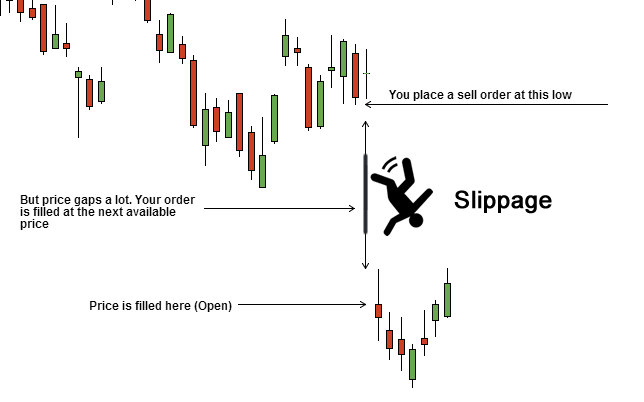
Liquidity
Trading terminology on Bitget often highlights the importance of liquidity, which refers to how easily an asset can be bought or sold in the market without causing a significant impact on its price. High liquidity means there are many buyers and sellers, allowing for quick trades at stable prices. In the cryptocurrency market, liquidity is an important factor to consider when placing trades, and understanding trading terminology on Bitget can help you make informed decisions.
Bitget’s liquidity varies across different assets. For instance, Bitcoin, Ethereum, and other top cryptocurrencies typically have high liquidity, meaning trades can be executed quickly with minimal slippage. On the other hand, smaller or less popular altcoins may have lower liquidity, leading to larger price swings and potentially more difficulty executing trades at the desired price.
Traders who want to minimize the impact of slippage and get the best prices will often focus on highly liquid assets. This is especially important for large trades or when trading in volatile market conditions. Understanding trading terminology on Bitget is key to navigating these situations effectively.
is especially important for large trades or when trading in volatile market conditions.
Trading Pairs
A trading pair is a market that allows the exchange of one cryptocurrency for another. For example, the BTC/USDT pair means you’re trading Bitcoin for Tether (USDT), which is a stablecoin. When you want to trade, you need to select a pair that fits your trading goals.
Understanding trading pairs is important because they determine how cryptocurrencies are exchanged. Bitget offers a wide variety of trading pairs across different cryptocurrencies, and each pair may behave differently depending on market conditions. A trader who wants to convert Bitcoin to USDT would look for the BTC/USDT pair, while someone wanting to trade Ethereum for Bitcoin would use the ETH/BTC pair.
By understanding trading pairs, you can better manage your portfolio and decide which pairs best suit your trading strategy. Bitget’s diverse set of pairs provides flexibility, allowing you to trade a wide variety of assets.
Technical Analysis (TA) and Indicators
Technical analysis (TA) is the practice of using historical price data to predict future price movements. It involves analyzing charts, patterns, and indicators that traders use to make informed decisions. On Bitget, traders can use various technical indicators to guide their trades.
Some of the most popular technical indicators include:
- Moving Averages (MA): Moving averages smooth out price data to help identify trends over time.
Relative Strength Index (RSI): The RSI helps traders identify overbought or oversold conditions in the market, indicating potential buy or sell opportunities. - MACD (Moving Average Convergence Divergence): The MACD is used to identify the momentum and trend direction in the market.
By applying these and other indicators, traders can gain insights into the market’s current state and make more informed decisions. Technical analysis is an essential skill for those looking to trade on Bitget and profit from price movements.
Risk Management
Risk management is a crucial aspect of trading that helps minimize potential losses. Bitget provides several tools to help manage risk, such as stop-loss orders, take-profit orders, and position-sizing strategies.
By using risk management strategies, traders can protect themselves from large losses in volatile markets. For example, a trader might set a stop-loss at a price level where they’re willing to exit the trade if it goes against them. Similarly, they may use take-profit orders to lock in gains once the price reaches a certain level.
Position sizing is another important concept in risk management. By determining how much capital to allocate to each trade, traders can control their risk exposure and avoid overleveraging themselves.
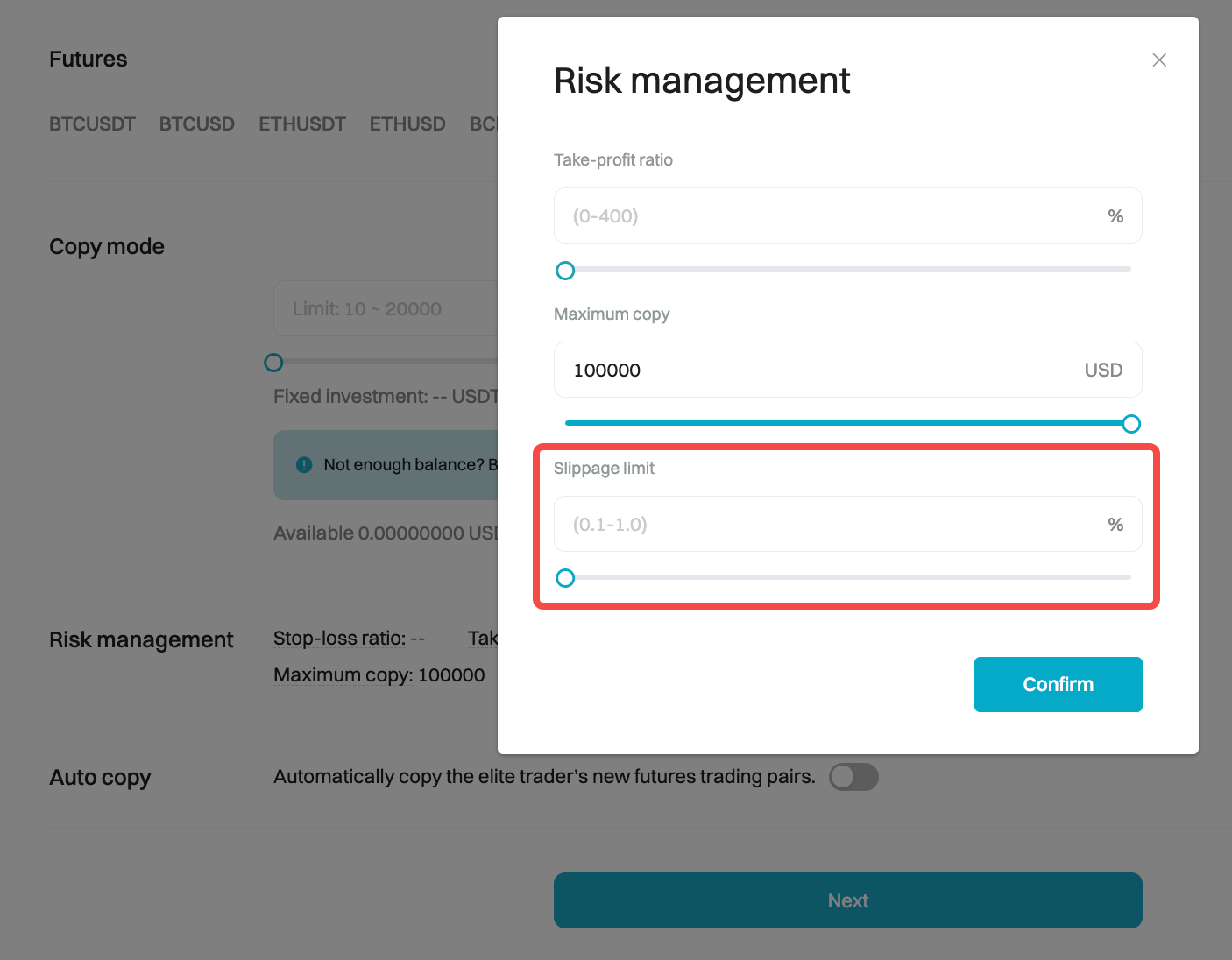
Master Trading Terminology on Bitget, Master Your Trading
As you continue to trade on Bitget in 2025, understanding key trading terminology on Bitget is essential to improving your trading strategy and skills. From spot trading to advanced leverage and margin trading, each term plays a role in shaping your decisions and success in the cryptocurrency market.
By mastering these essential terms and applying them strategically, you’ll be better equipped to navigate the volatile world of cryptocurrency trading and boost your skills on Bitget. Trading terminology on Bitget plays a key role in helping you make informed decisions. Trading is a journey, and the more knowledge you acquire, the better your chances of success. Whether you’re new to the crypto world or an experienced trader, staying informed and understanding these key terms will give you an edge in the marketplace



